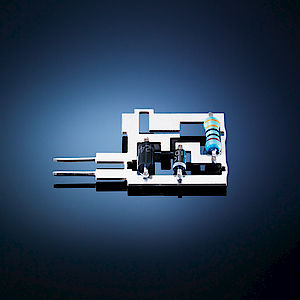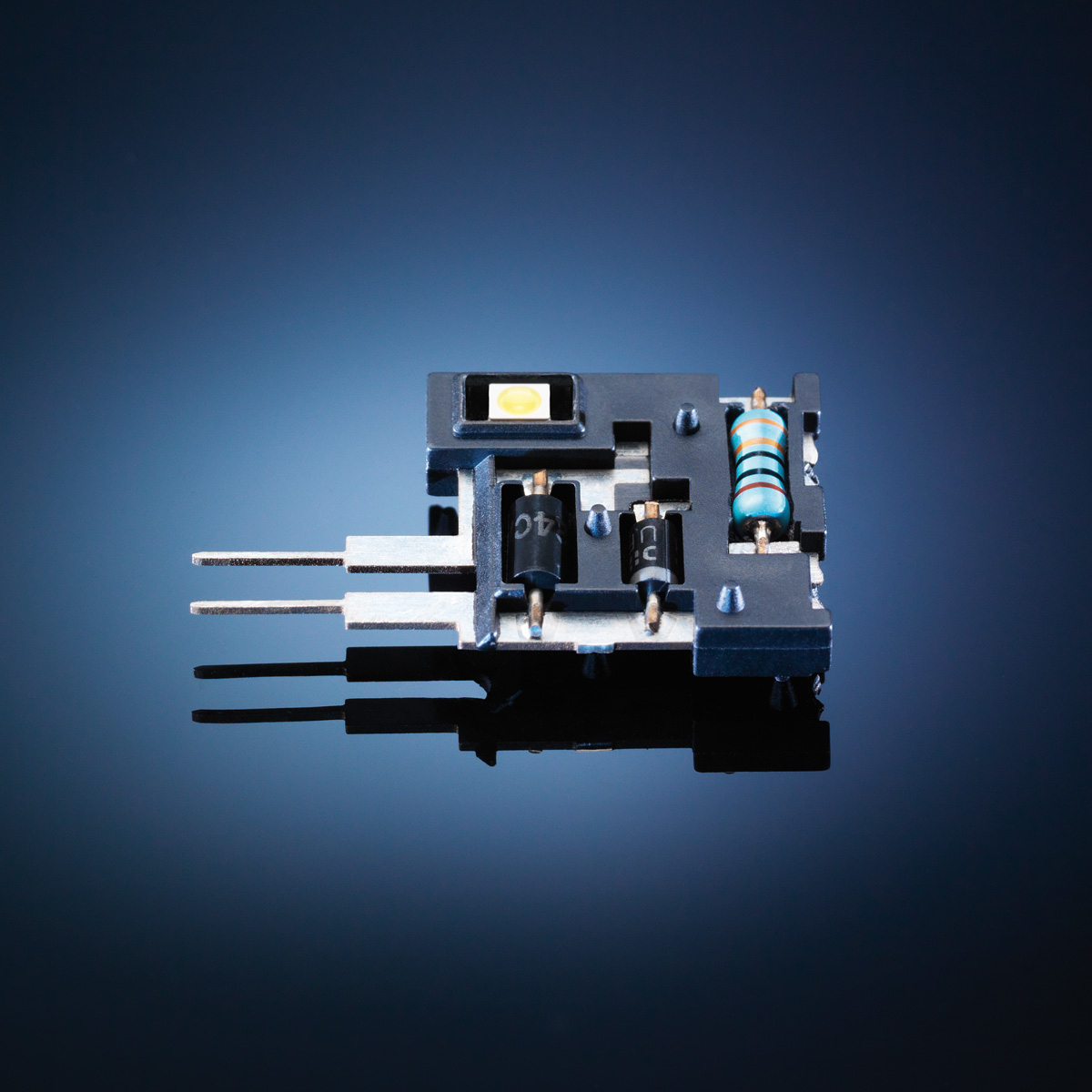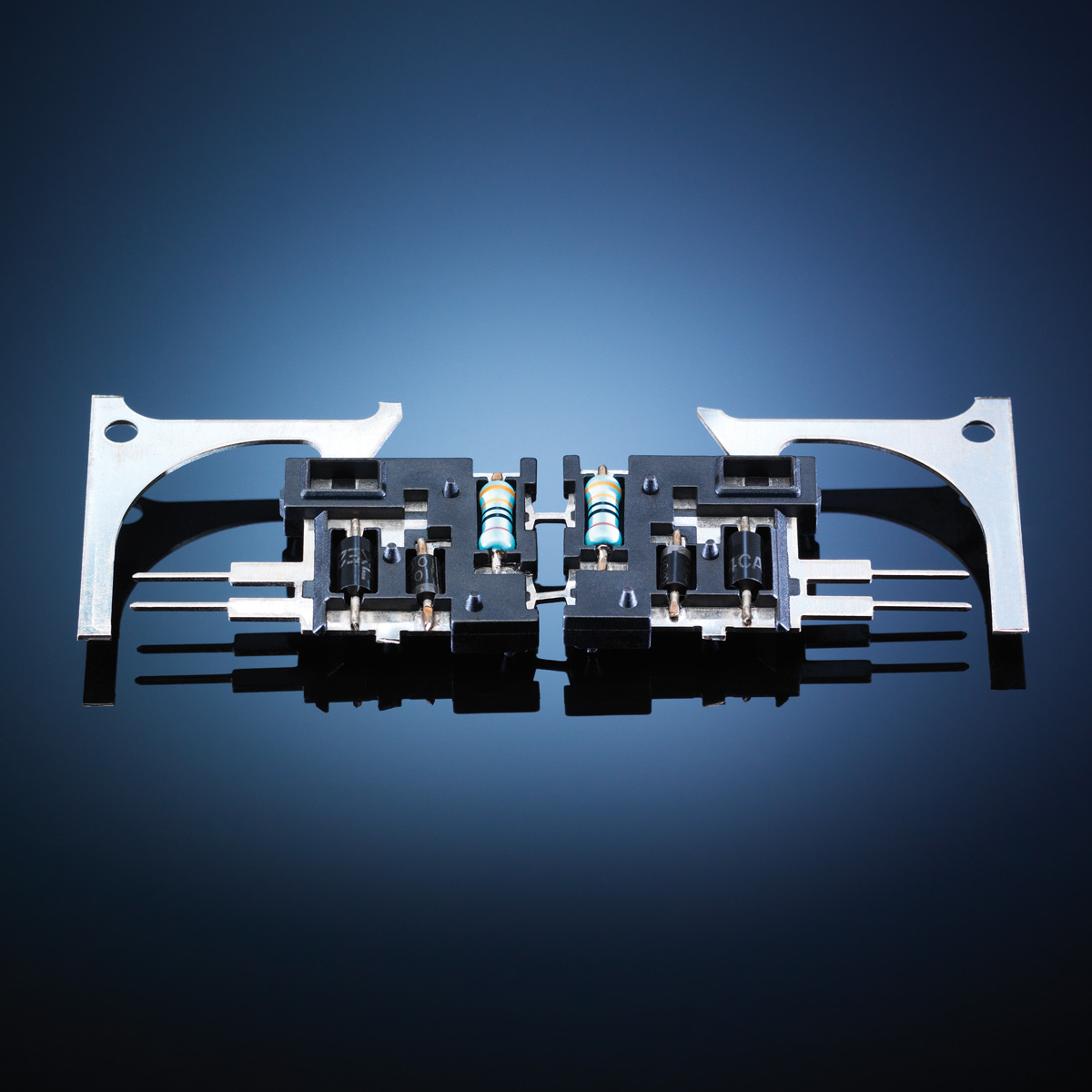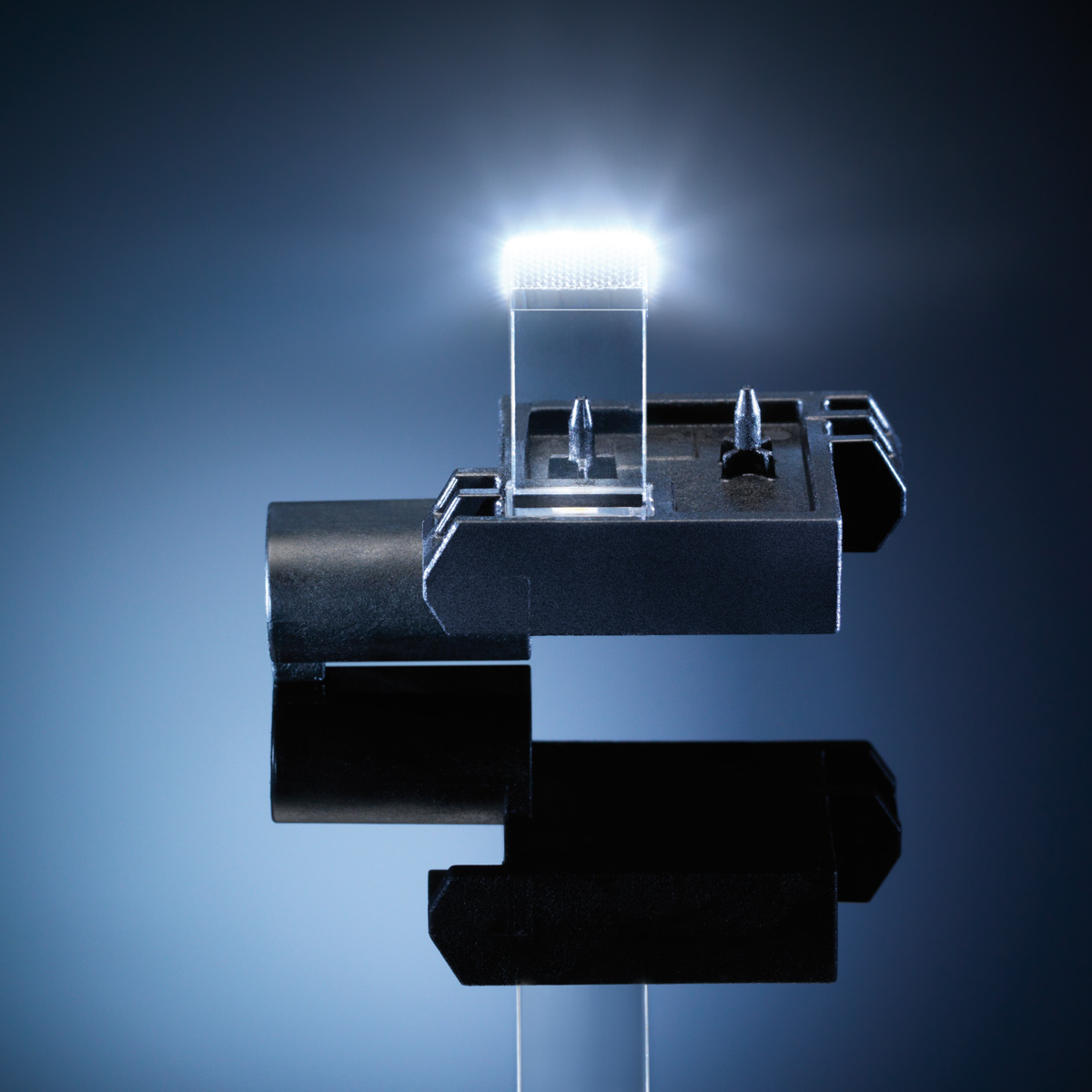Contact
Germany
Karl Jungbecker GmbH & Co. KG
Bruchstrasse 89
D-57462 Olpe
Phone: +49 (0) 27 61. 93 54 - 0
Fax: +49 (0) 27 61. 93 54 - 42
E-Mail: salesjungbecker.de
Web: www.jungbecker.de
International
InterTek Trading AG
Othmarstrasse 8
CH-8008 Zürich
Phone: +41 (0) 44 250 6450
E-Mail: salesintertektrading.com
Web: www.intertektrading.com









